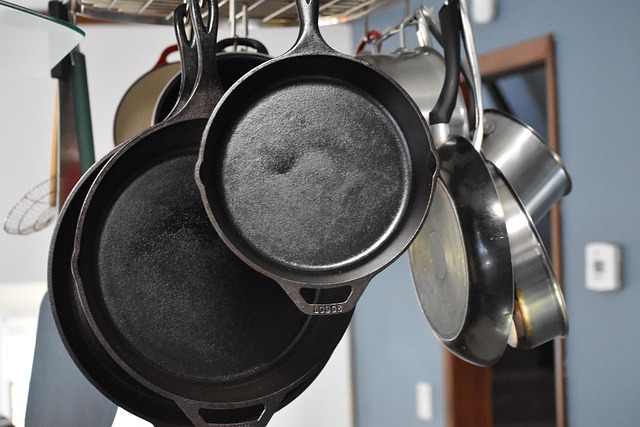In much of the world including India iron deficiency anemia remains a serious public health issue. Despite improvements in diet and supplementation programs, millions, especially women and children, still suffer from low hemoglobin, weakness, fatigue, and other complications stemming from inadequate iron. Interestingly, one fairly simple idea has come under renewed attention: cooking in iron cookware. Could using cast iron or plain iron pots be a cost-effective way to boost dietary iron? What does the research show, and are there risks? Let us take a closer look.
What Research Says: Iron Leaching and Hemoglobin Improvements
Several studies and reviews have investigated how much additional iron ends up in food cooked in iron pots or with iron ingots, and whether this has meaningful effects on hemoglobin levels in humans.
A systematic review published in 2021 examined 13 studies to assess whether using iron cookware or iron ingots increases blood hemoglobin levels and the iron content of food. The review found that in most cases, cooking in iron cookware does increase iron content in food, and some studies show significant increases in hemoglobin. However, results varied depending on conditions and populations.
In one experiment, twenty different foods were cooked in iron vs non-iron utensils. About 90% of the foods cooked in the iron vessels had significantly more iron compared to when cooked in non-iron utensils. Key factors were the acidity of the food (lower pH), moisture, and cooking time.
A pilot trial with preschool children cooking “iron rich snacks” in iron pots over four months showed a ~16.2% increase in iron content of the snacks (versus those cooked in non-stick pots), and a 7.9% increase in hemoglobin among participating children.
Another study focused on how different cooking conditions affect iron release. The researchers developed kinetic models (mathematical models) to predict how much iron leaches from nitrided iron pots (NIPs), considering the cooking temperature, pH, and time. They found that high temperature, long cooking, low pH (i.e. more acidic), and presence of acids like acetic acid maximize iron release.
There is also evidence from community interventions: using iron pots has been associated with improvements in anemia in some rural and developing settings. For example, a study in Benin tested iron pot usage for cooking staple foods and reported positive effects, though observed effect sizes differed by age, malaria or hookworm prevalence, and compliance.
Important Factors That Determine Impact
The benefits are not universal; many variables influence how much extra iron ends up in food, how well bodies absorb it, and whether hemoglobin and iron stores improve.
- Type of Food:
- Acidic foods (tomato-based curries, tamarind, vinegar) tend to leach more iron because the acid helps dissolve iron from the cookware.
- Moist and liquid or semi-liquid dishes (soups, stews, sauces) tend to pick up more iron than dry cooking.
- Cooking Time and Temperature:
Longer cooking and higher temperatures both increase the rate of iron leaching. However, compounding these also influences the flavor and potential for metallic taste. - Condition of Cookware:
- Whether the iron pot is new or well-seasoned, the number of previous uses, presence of rust, and how well maintained it is all affect iron release.
- Nitrided iron pots show somewhat different behavior than untreated ones. Methods like nitriding may alter how much iron leaches.
- Bioavailability:
It is not enough for iron to be present in food it must be in a form the body can absorb. Some studies report increases in hemoglobin or iron stores, but in others, changes are minimal. Absorption of non-heme iron (from plant foods or iron from cookware) is generally lower, unless vitamin C or other enhancers are present. Also, infections (malaria, hookworm) or inflammation can impair iron uptake. - User Compliance and Acceptability:
Even if a pot works in theory, whether people use it often, how they cook, whether they like its weight, its tendency to rust, or whether they find its maintenance burdensome, all matter. A study in Malawi showed that acceptability decreases over time due to issues like rust, weight, and unfamiliar cooking behavior.
